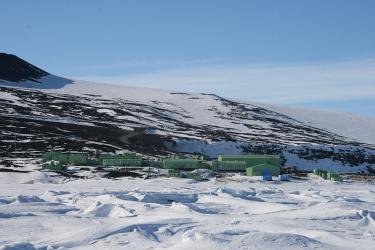FTIR measurements indicate global impacts of air quality measures
News from the Infrared Working Group
Fourier-Transform Infra-Red (FTIR) spectrometers form part of the Network for the Detection of Atmospheric Composition Change (NDACC). Historically, a lot of attention has been paid to compounds associated with ozone depletion in the stratosphere. However, the FTIR network is also extremely relevant for studies of tropospheric air pollution. Two such pollutants are ethane (C2H6) and carbon monoxide (CO); both are important ozone precursors in the troposphere. In the Southern Hemisphere, they are predominantly produced by biomass burning (Watson et al., 1990), but in the Northern Hemisphere human activities add considerably to their emissions, e.g. associated with fossil fuel usage. At several Northern-Hemisphere locations, downward trends have recently been reported for both compounds (Angel- bratt et al., 2011; Aydin et al., 2011), reflecting the implementation of measures to improve regional air quality. By contrast, hydro- gen cyanide (HCN) is thought to be nearly exclusively produced by biomass burning (Li et al., 2000). All three compounds are represented in the mid-infrared spectrum.
Read more of Morgenstern 2013...
